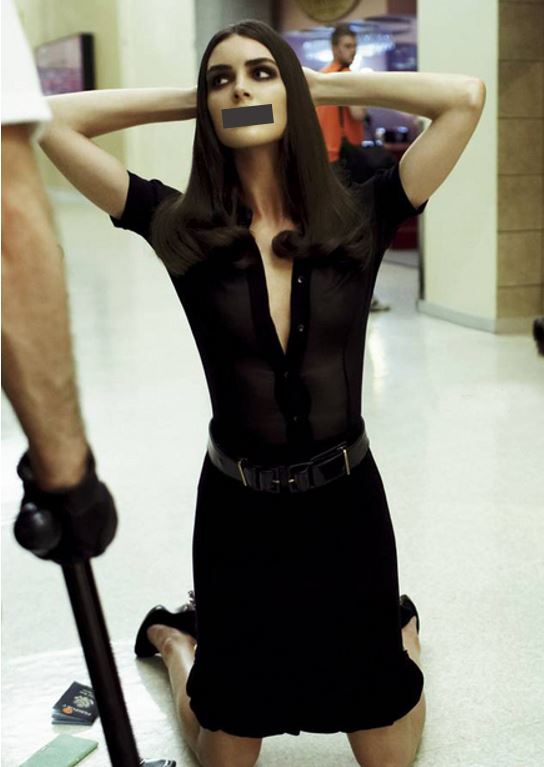A dazed confusion prevailed at NYFW as
protesters infiltrated two fashion events, including PETA, the animal
rights organization, at premium leather brand Coach. The disorder was
sparked not by the protests – two women, one in a meat-styled dress, the other
holding a placard – but initially by incomprehension that a protest had taken
place at all, until security woke up.
So commonplace are these anti-events now,
and social media was afire with remarks that the sycophantic audience wouldn’t
know a fake dress from a Coach one anyway. To be fair, it was PETA’s moderation
matching Coach’s low-key offerings that caused the recognition delay. Disruptions
of this sort are generally a bit livelier.
But this was another low point in the
recent spate of protests
against fashion industry failings that the insiders ignore or bemoan. Change,
they argue, is tangible after all. Revolution has been slow but improvements in
representation, working conditions, production methods and supply chain
environmental impact are happening. Where they’re not they are challenged.
Animal cruelty remains prevalent in
clothing and beauty. Anyone who passes a Canada Goose store will know
the campaigners handing out leaflets protesting failings that supermodels had
apparently banished in the mid-eighties. It’s worth visiting the PETA website
too – whatever your views on leather or animal testing, it’s clear that these
are reasonable people with a concerted cause. The likes of Stella McCartney are
supportive.
The rise in protests at fashion events
speaks equally to its place in the global economic system. Fashion shows have
always been showcases of expensive products for rich people, but where they
were once also events for hungry young designers to challenge the status quo on
their way to superstardom, they’ve become more conservative – parent brands
manage multiple portfolios and the advances of data analysis mean customer
service is the goal (customers want to but in rather than be challenged) with creative
risk a kind of tangible.
It’s interesting that where change in
fashion in the last decade – more inclusive models, plus sizes, sustainability,
and animal welfare – has happened at a legislative level with little effect on
the artistic and aesthetic. Fashion needs causes, but ones that lead to little
black dresses, cone shaped bras, skeletal corsets and jackets worn backwards as
dresses.
The uncomfortable truth, and the cause for activists
from PETA, Just Stop Oil or MeToo! Is that fashion’s
waning radicalism makes it an easier target. Note the panic and then silence
that ensued when Louis Vuitton’s head office was surrounded by protesters
during this year’s pension riots in the nation’s capital, the hurry to get
activists off the runway in New York.
Not that being cool should be a foil for
bad behaviour – MeToo! has put and end to that misconception. But that cool was
a creative and radical way of being that challenged the status quo aesthetically,
politically, socially. Without it, people have right to ask what fashion really
stands for, and then come to their own conclusions
